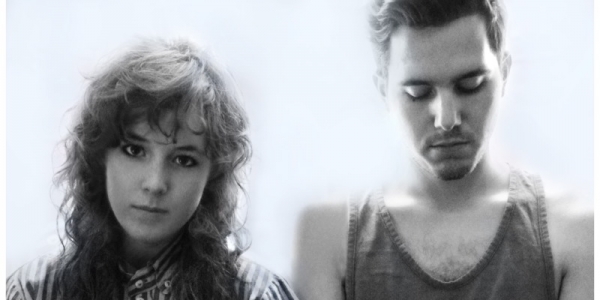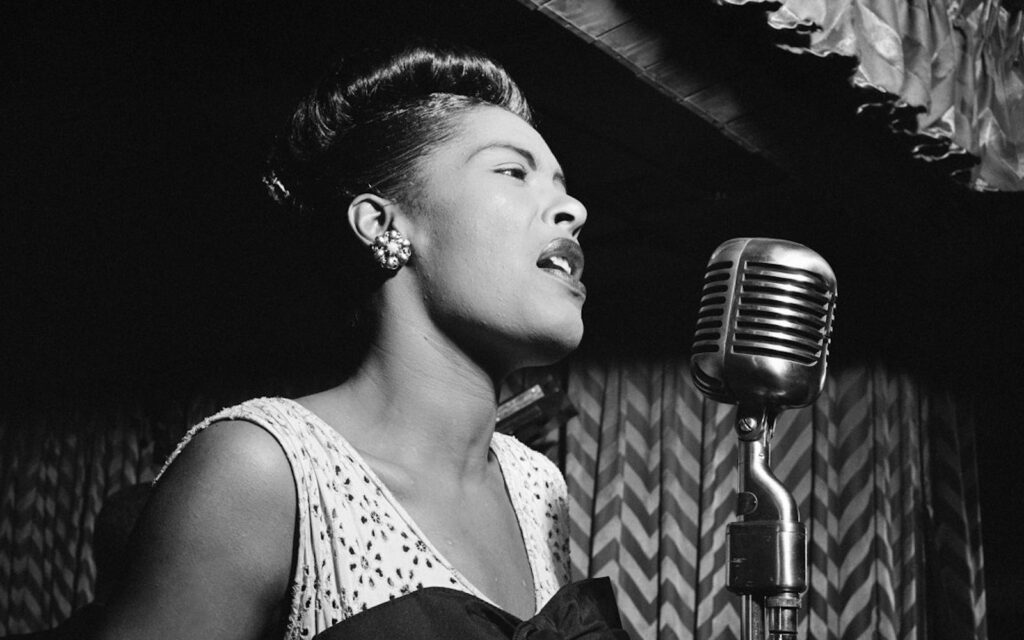“Since we started developing our live show we’ve always been adamant about having as much control over it ourselves, even in the first couple of tours we did our own sound. We maintained this standard for ourselves where we are in control. At this point, we’re making sure we still feel like we have that control,” Megan asserts.
“With more success comes more opportunities. I think it’s kind of easy for a lot of acts to say ‘yes’ to too many things. All these things start popping up and everything seems like a good idea, but after you’ve said yes to too many of them they start to lose their value,” Corrin adds. “Something we focus on is thinking about what’s good for us and what’s worth doing, choosing everything wisely.”
With the line between indie and mainstream as blurred as ever, Purity Ring find themselves in a space which can’t be placed within that dichotomy. As Corrin explains, he doesn’t feel the need to embrace the concept of what we know as indie.
“I honestly don’t see much separation between the two. Personally, I don’t see myself as an indie artist, I don’t listen to any indie music. I only listen to popular music. I can’t really say what makes us different than a mainstream pop act, because I’m not trying to differentiate ourselves from that. I want us to be a popular band that makes pop music. I don’t have any interest in making us seem like we have some cool indie cred going on, I don’t think that’s worthwhile.”
While embracing a multitude of influences, one of the foremost elements of Purity Ring’s music is trap-like beats. This was exacerbated with the non-album release of Belispeak II featuring Danny Brown. “That influence is definitely there,” Corrin says of trap. “It’s something that’s been happening in hip hop for years and years. I think just maybe the past year has caught on more, crossing over into other genres. I’ve always been trying to make some style of hip hop production, so that has naturally come across I think. I see myself as a producer. I produce music for Purity Ring, but that music could be recontextualised to work elsewhere. People who are producers lend their skills to lots of different areas, and I’m willing and wanting to do that at some point.”
The striking blend of Megan’s soaring vocal and Corrin’s methodical beats can be attributed to a distant writing process. “We work really separately, it’s obvious if you took apart the elements that we each contribute. A lot of people are asking what this type of music is called, with this type of voice and this type of production. They’ve never heard these things work together before. We didn’t do that on purpose. Corrin sends me a track, then I send him back a demo and we just work it out from there. We only really get together to record,” Megan reveals. “When I get to whatever city he is in to record, it works smoothly. We work almost completely independently when it comes to recording.”
While their beats are very much danceable, audiences at Purity Ring’s live shows variably decide whether to put on their dancing shoes or not. “I think it really depends on the show. It’s hard to remember geographically where people tend to dance. There will be a show where people just stand and watch us playing, but afterwards they would come up super excited. Then there are other shows where people are crowdsurfing and going nuts,” Corrin muses.
“I always thought it came down to the city,” Megan adds. “Even before Purity Ring, I noticed that it was a totally different dynamic depending on the city. Some people just cross their arms and judge.”
“Well I don’t know if it’s necessarily them judging, just some places that confidence hasn’t developed,” Corrin ponders. “Just because they’re not dancing doesn’t mean they’re not enjoying it. Some people watch bands like they watch a movie.”
One of the fixtures of their live show is a multi-branched synth-lantern contraption. “There are these eight lanterns in front of me that are touch-sensitive. So when they’re hit with sticks, the sensors connect to a synth and tells it to play back a certain sound,” Corrin explains. “All the melodies from the record are played like a xylophone, and they light up so you can see what is going on.”
BY LACHLAN KANONIUK







